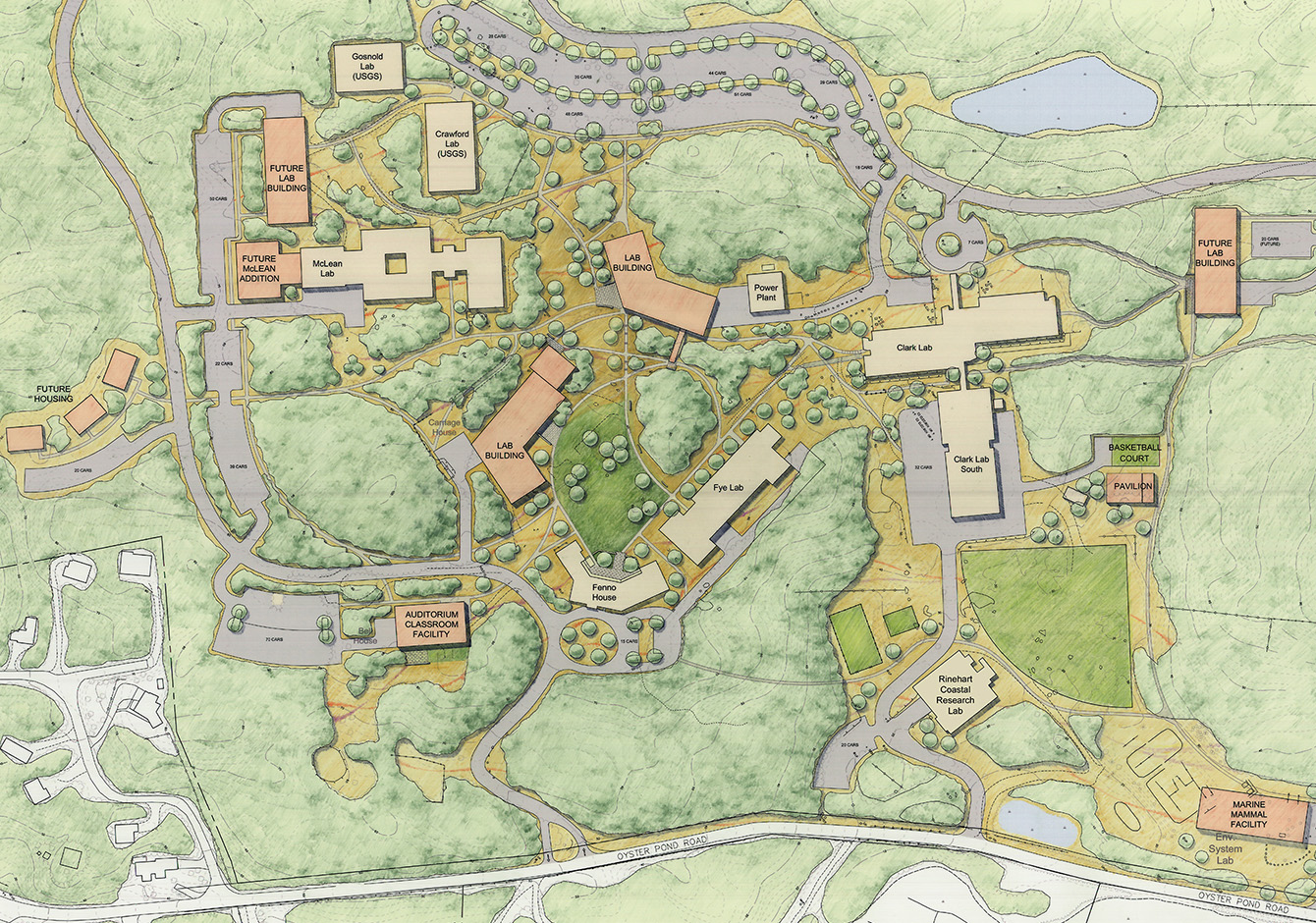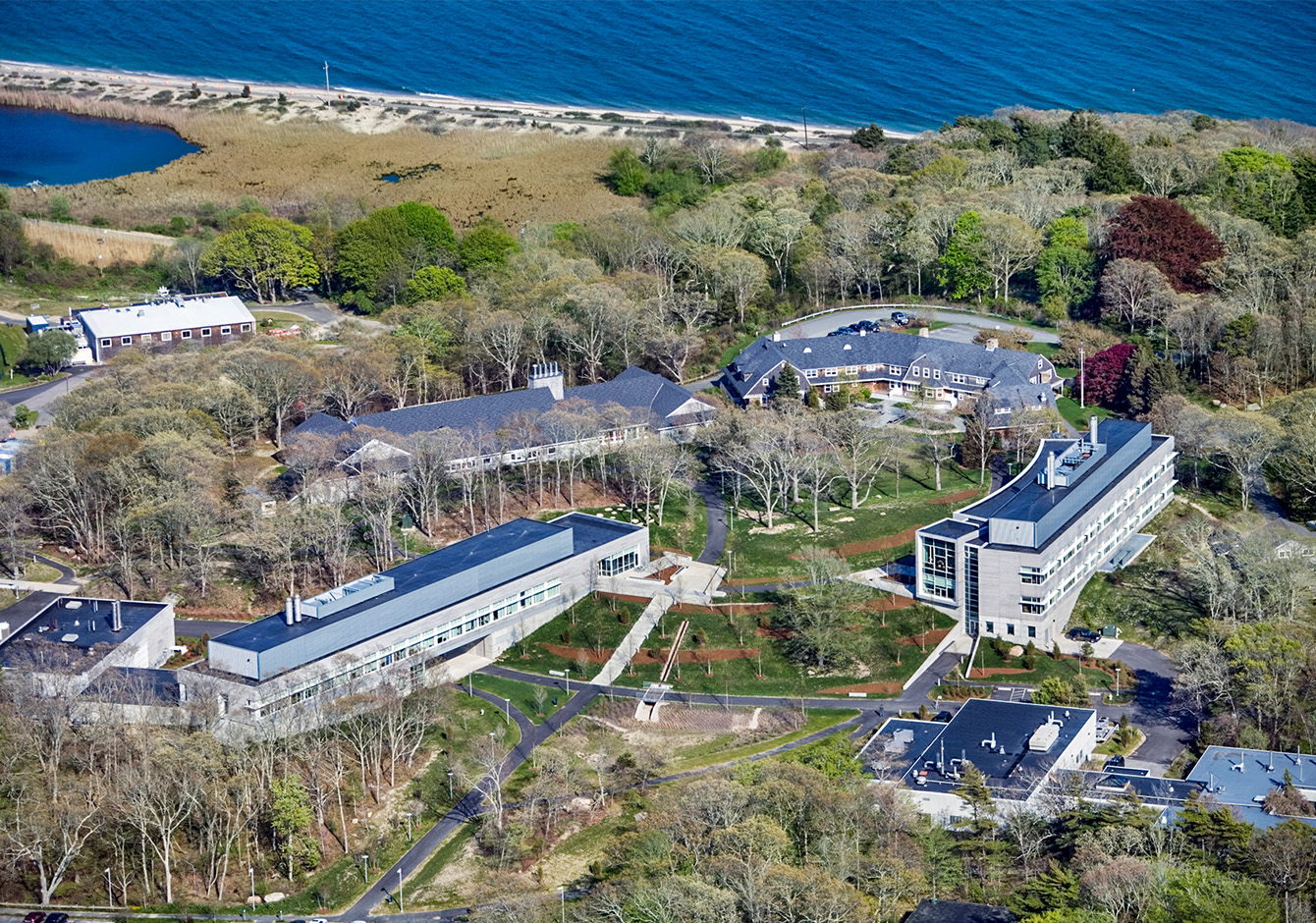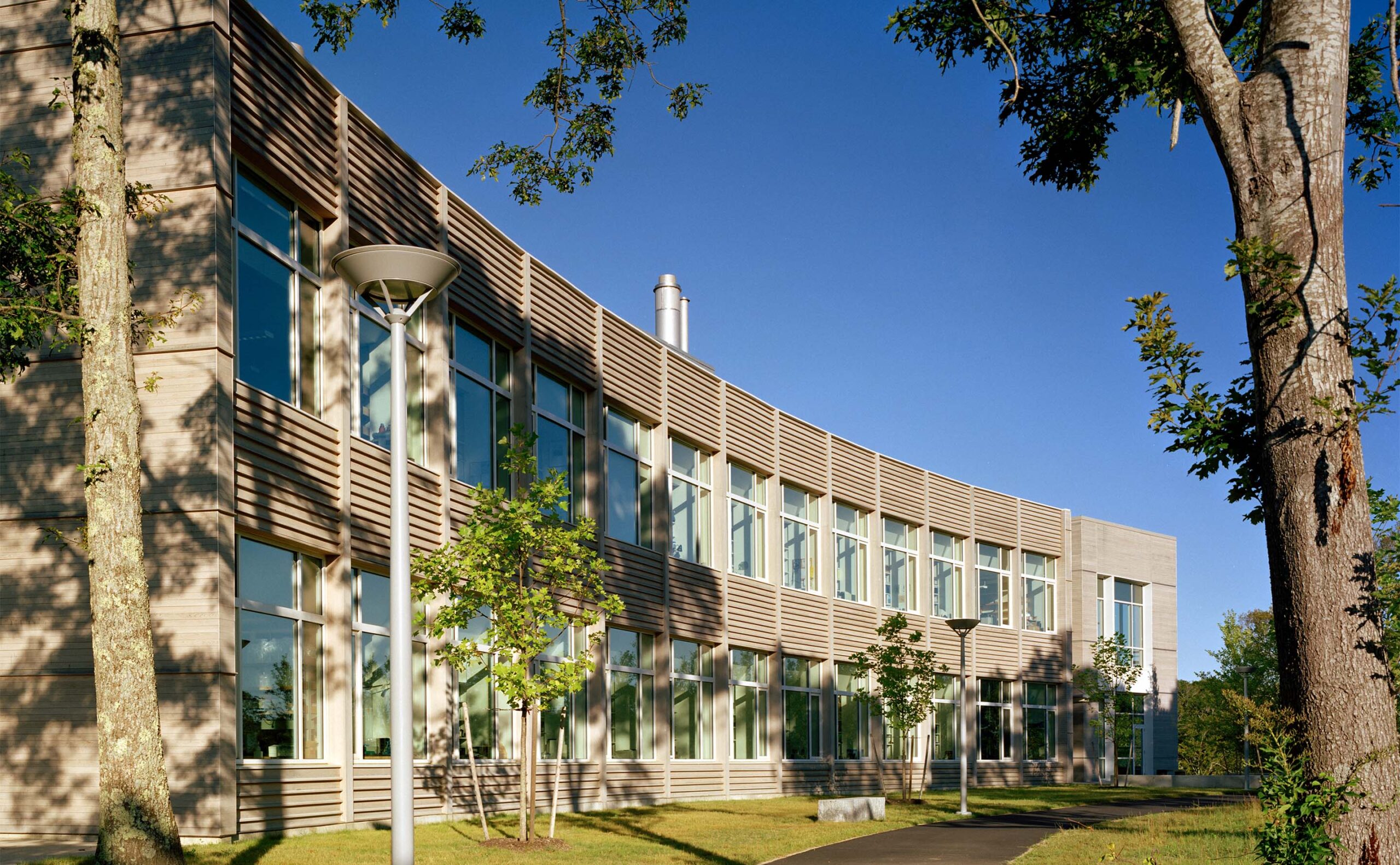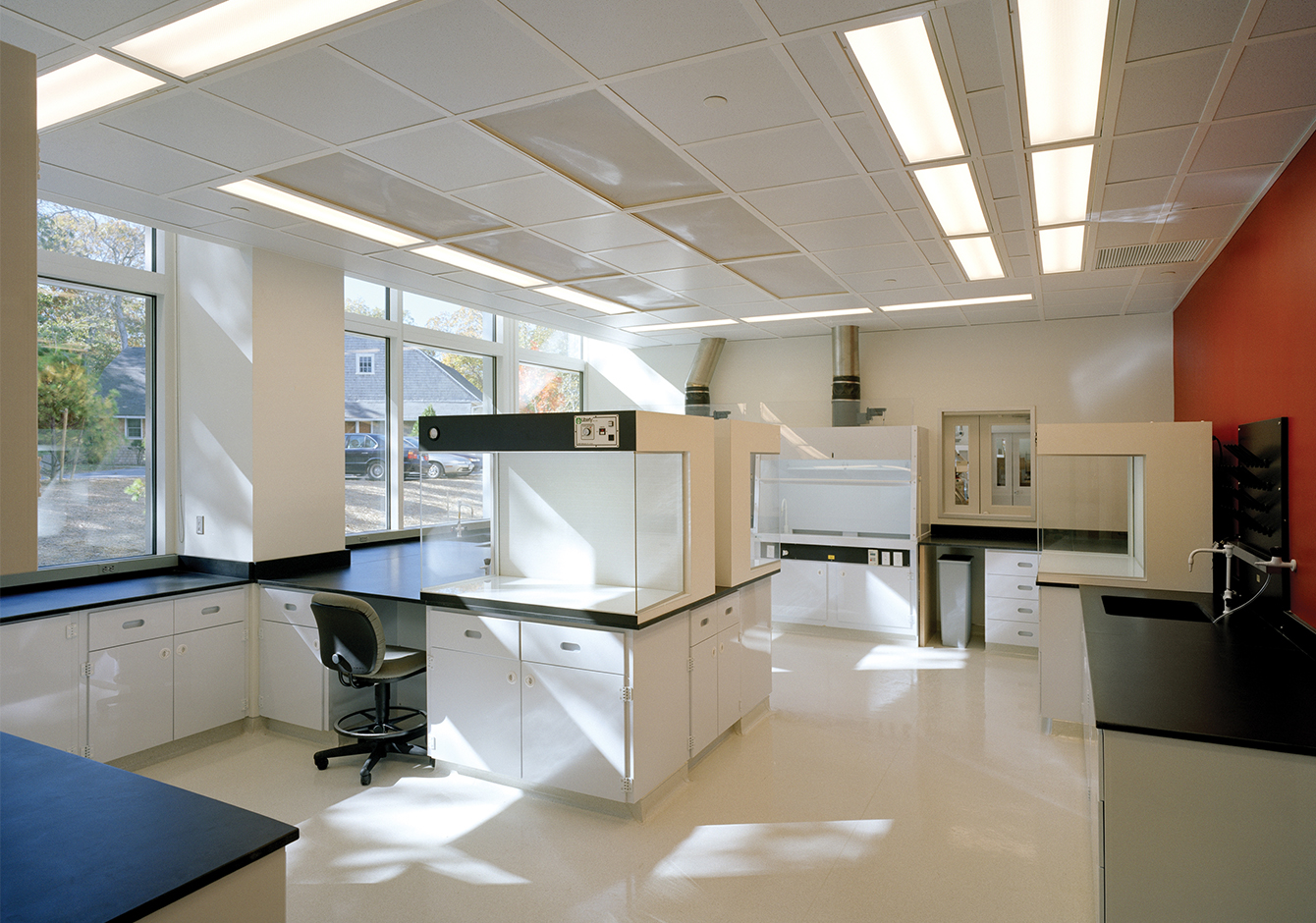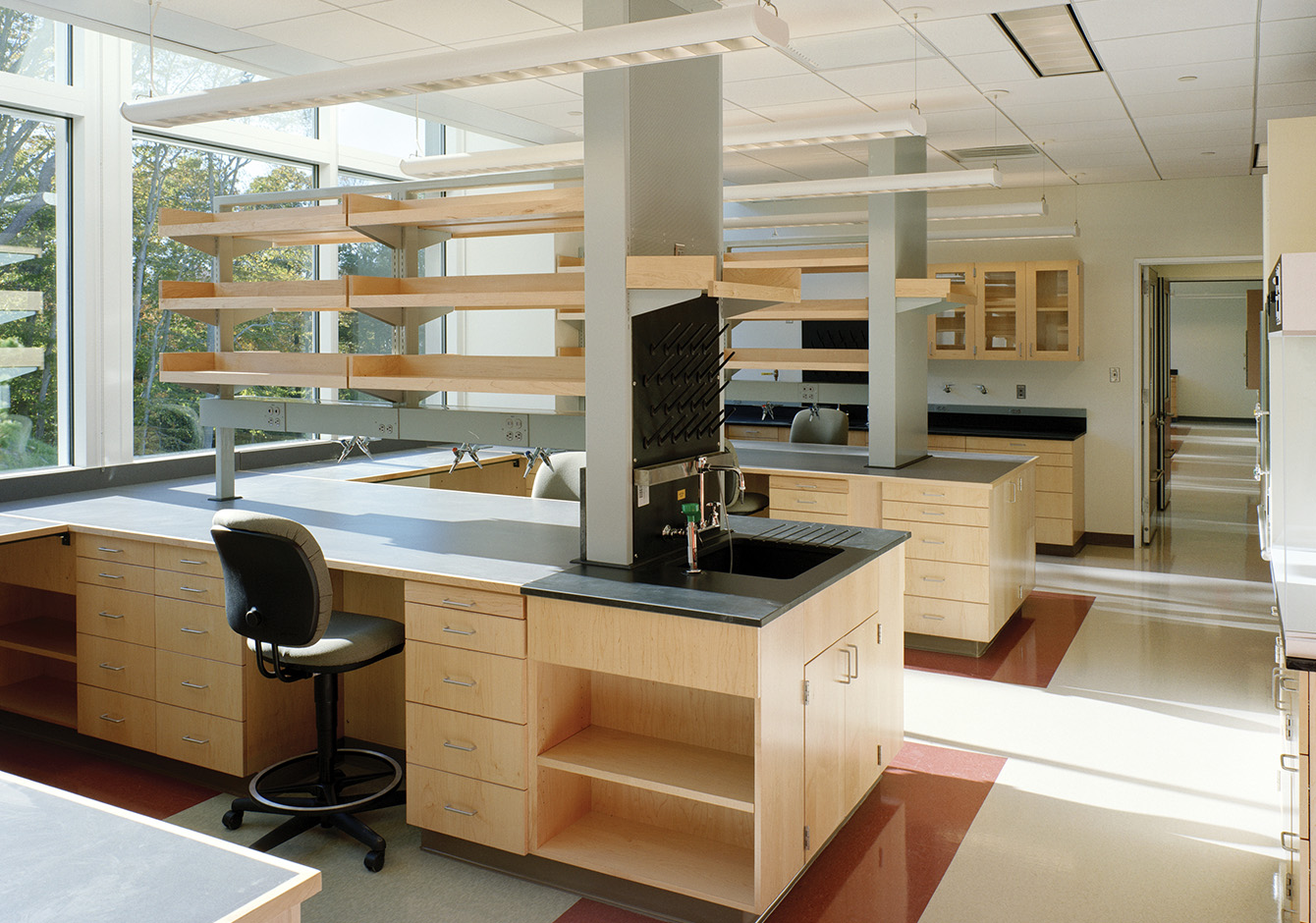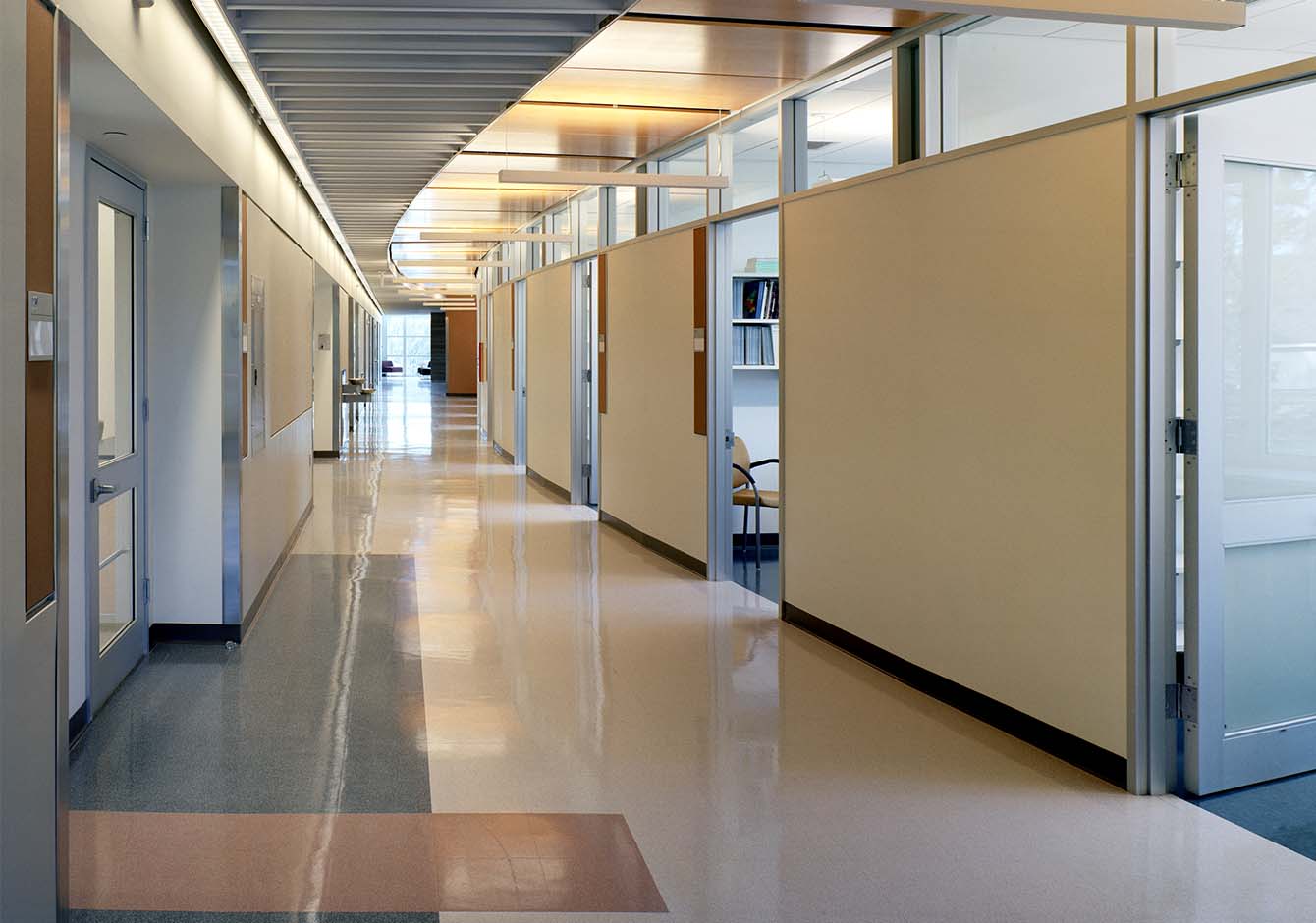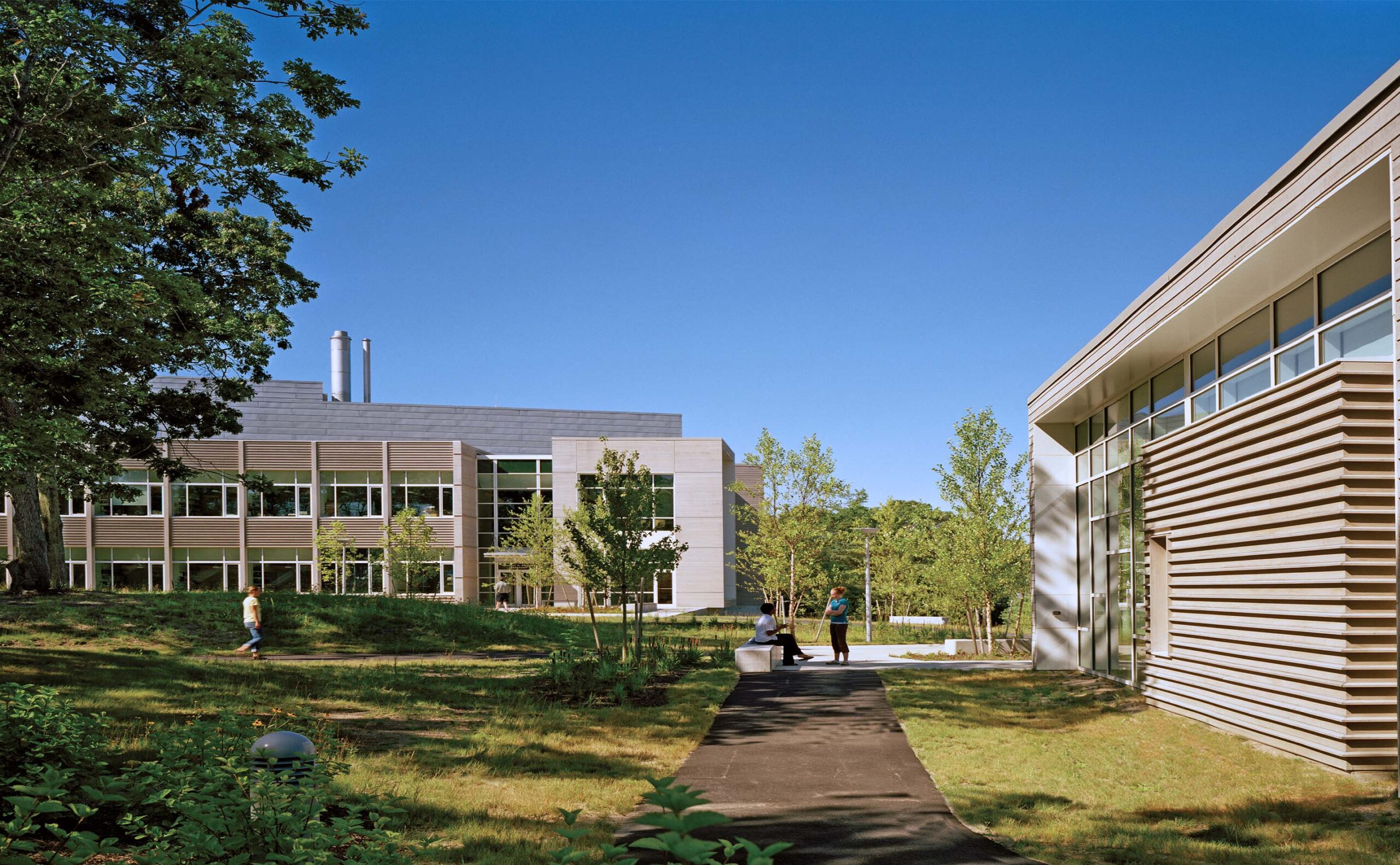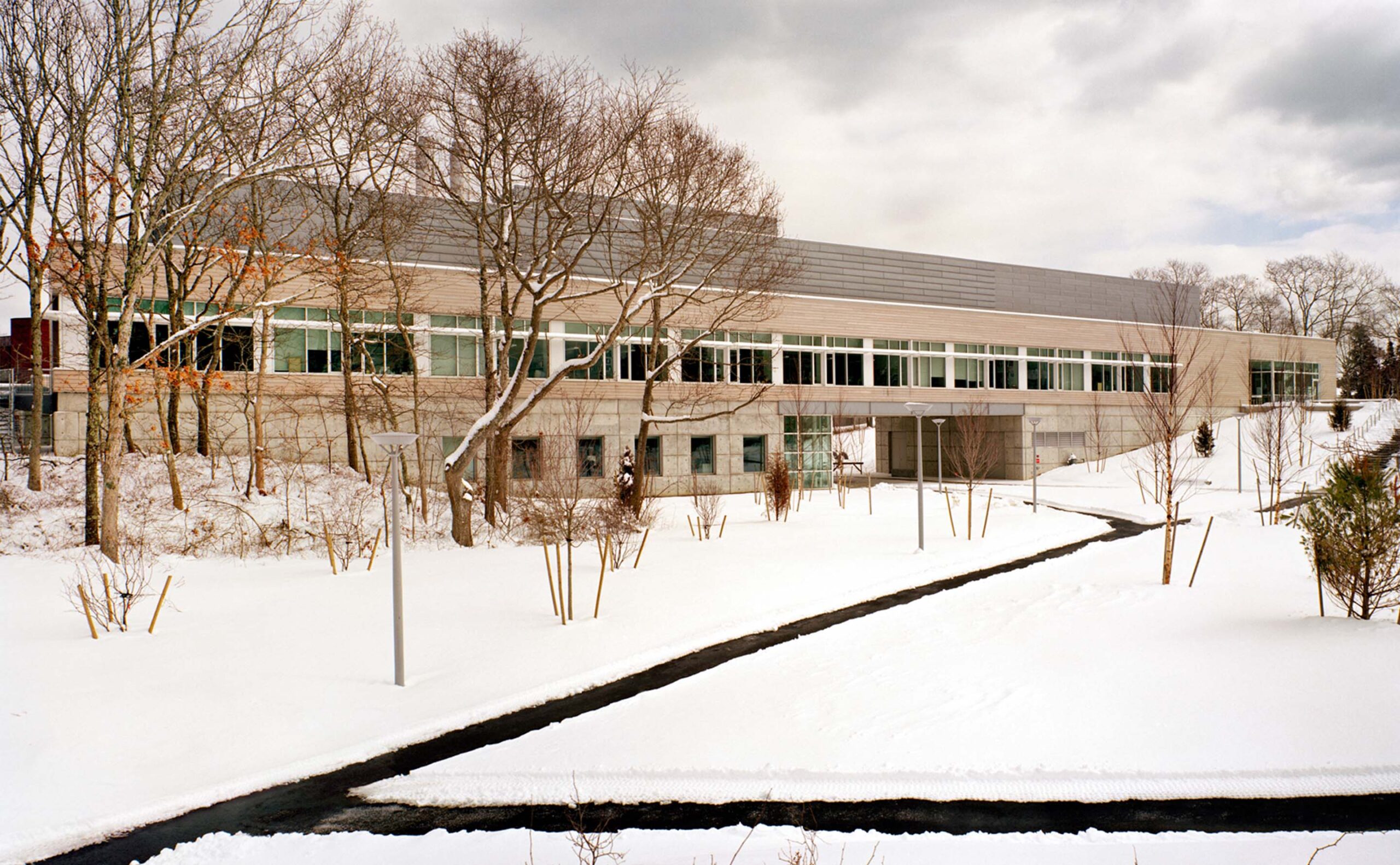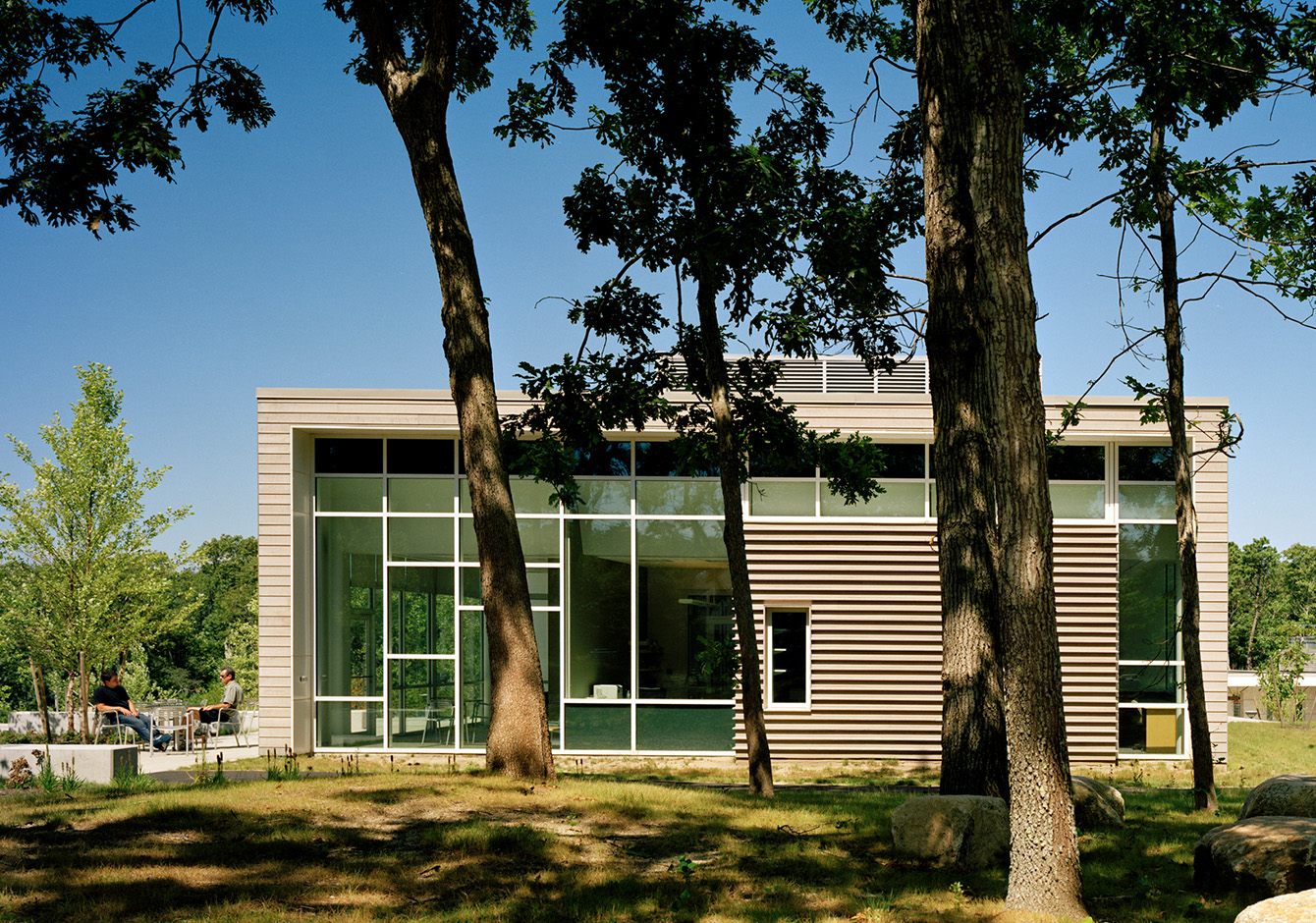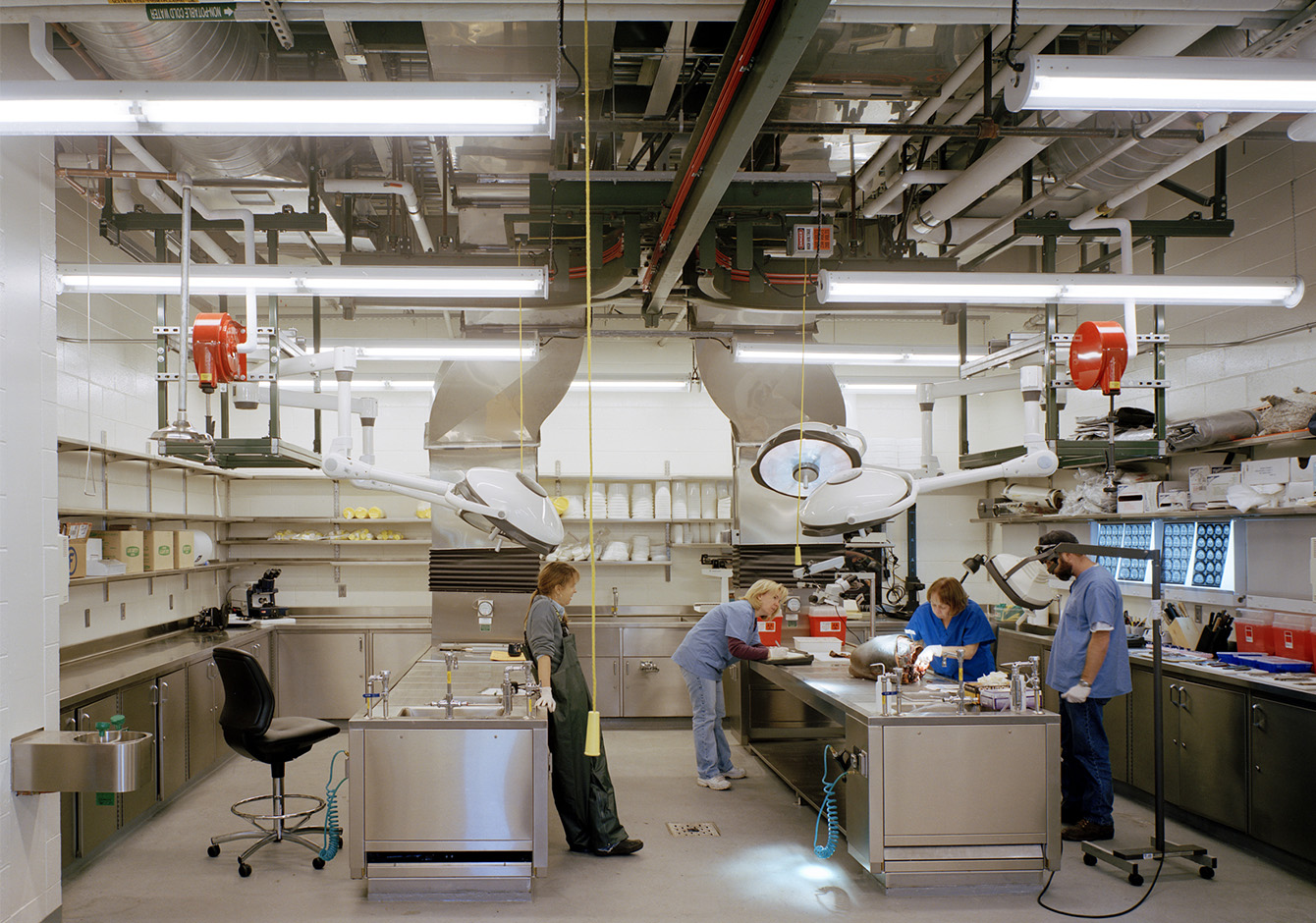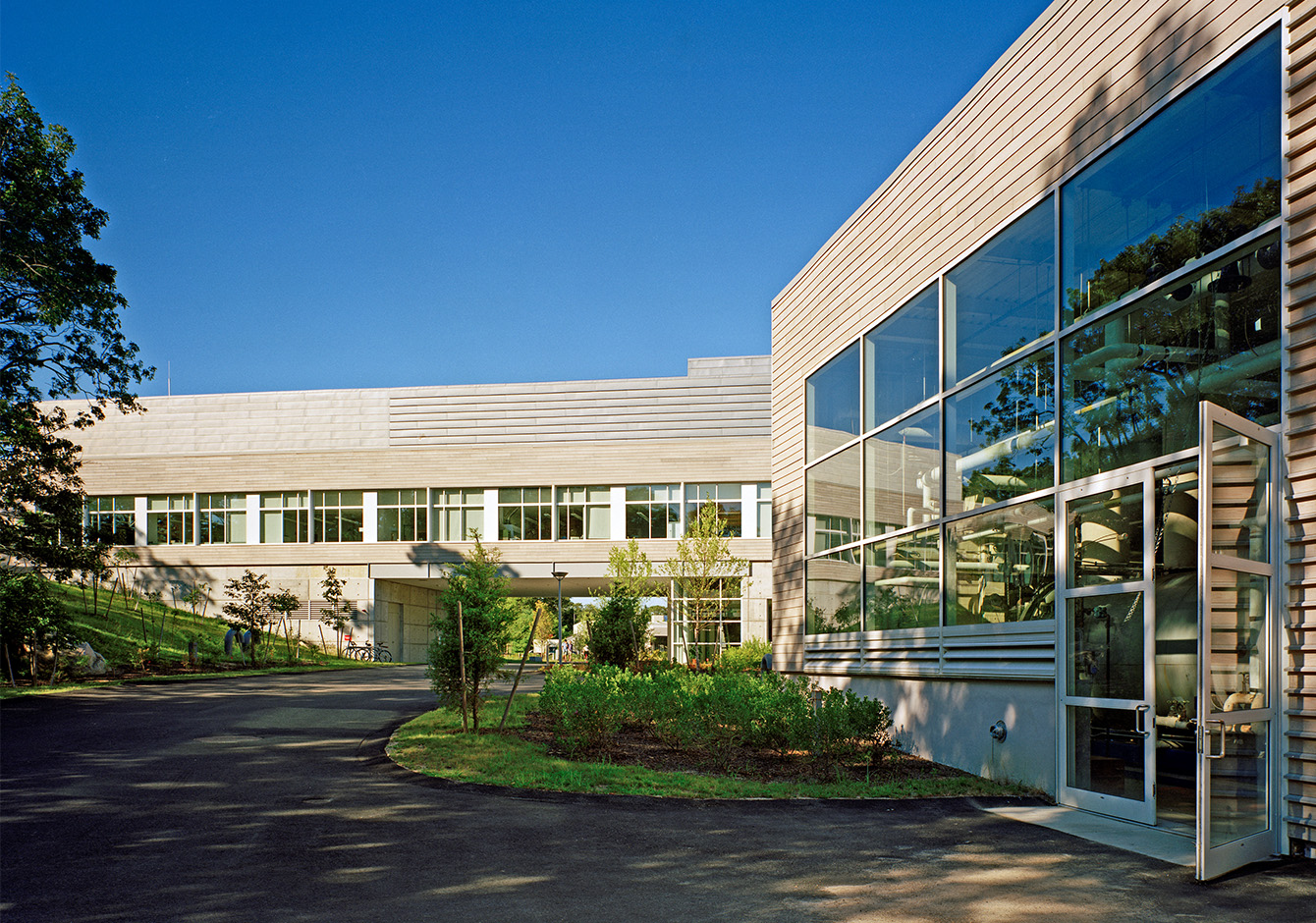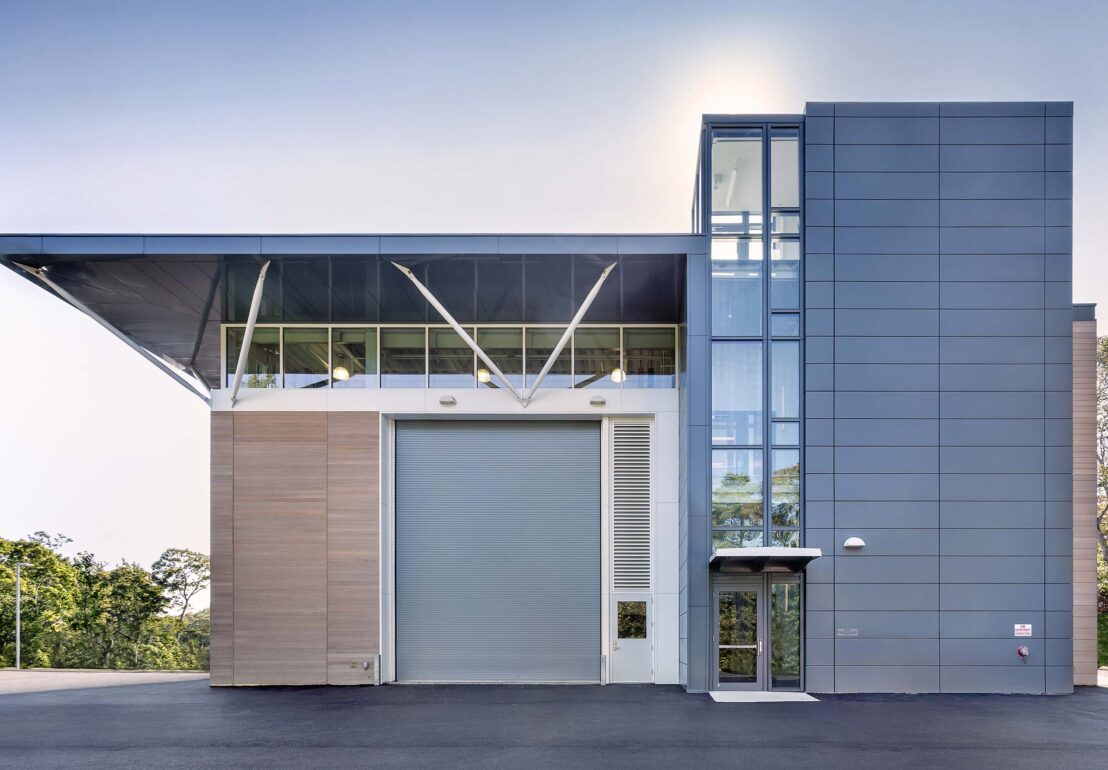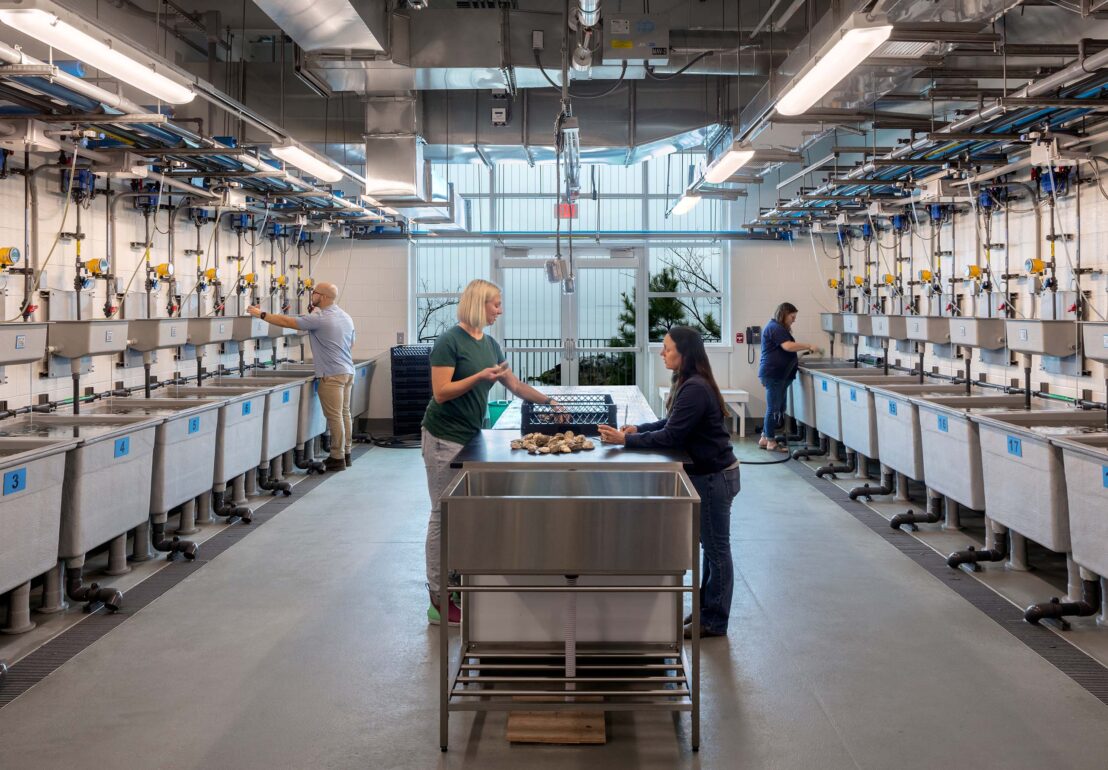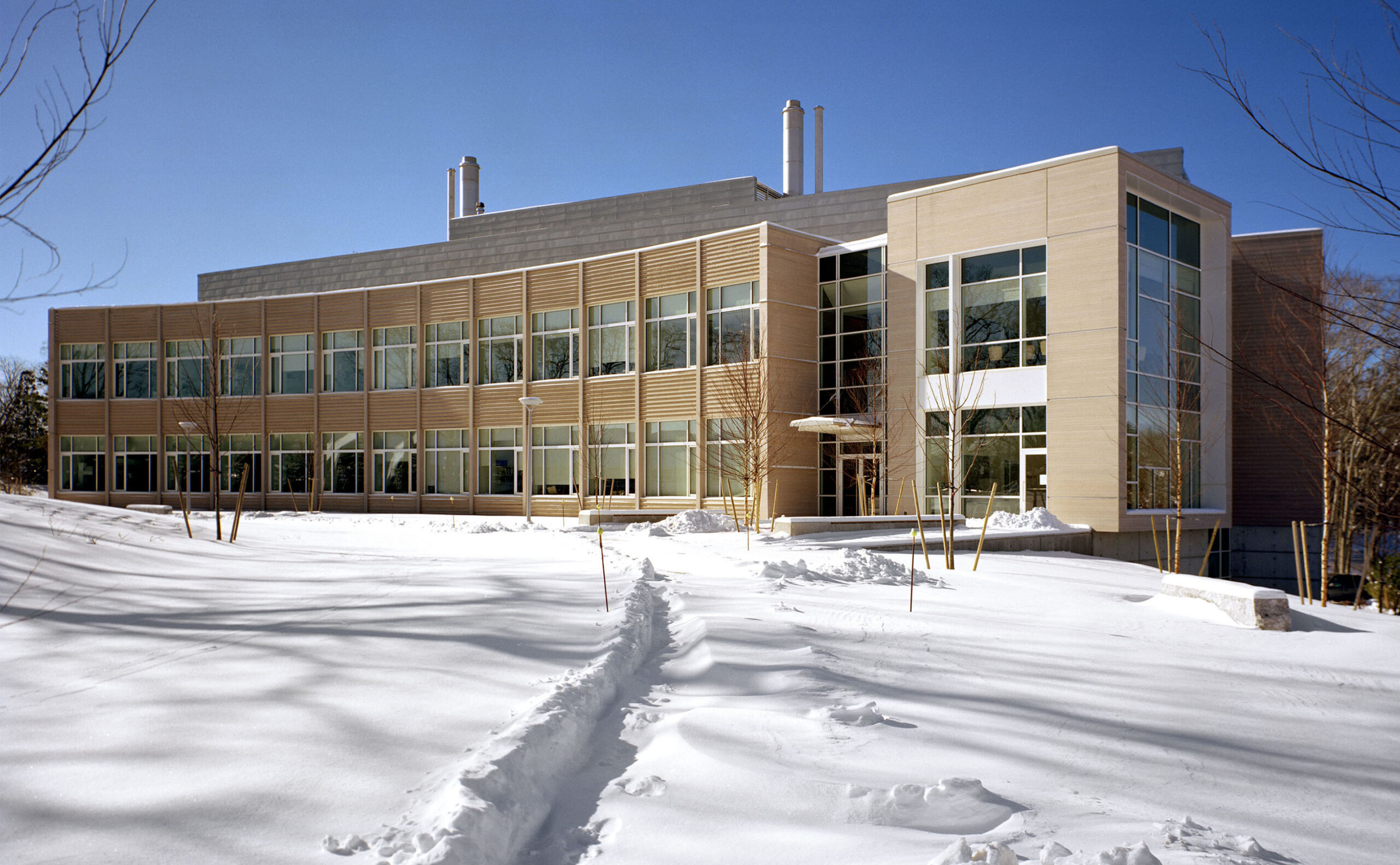
Woods Hole Oceanographic Institution
Quissett Campus Master Plan, Biogeochemistry Research Building, and Marine Research Building
Woods Hole, Massachusetts
Size
165 acres (Master Plan); 33,500 sf (Biogeochemistry Research Building); 30,000 sf (Marine Research Building)
Role
Ellenzweig
Master planning
Programming
Lab planning
Architecture
Construction administration
Stimson Studio
Landscape Architecture
Awards
R&D Magazine, Lab of the Year High Honors
AIA New England Merit Award for Design Excellence
Boston Society of Architects (BSA)/SCUP Award for Design Excellence, Higher Education Facilities
BSA Award for Design Excellence
Ellenzweig’s collaboration with the Woods Hole Oceanographic Institution (WHOI) began with the development of the Quissett Campus Master Plan and continued with the implementation of that plan, which included two new research buildings, renovations to existing lab facilities, and renovation and expansion of the Central Energy Plant.
The comprehensive master plan for the 165-acre Quissett Campus, completed in association with Stephen Stimson Associates landscape architects, transformed the Campus from a fragmented collection of roadways and parking lots into a coherent, pedestrian-centered campus and set forth the Institution’s mission to strengthen the interdisciplinary nature of its research efforts.
